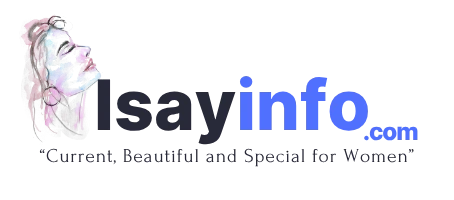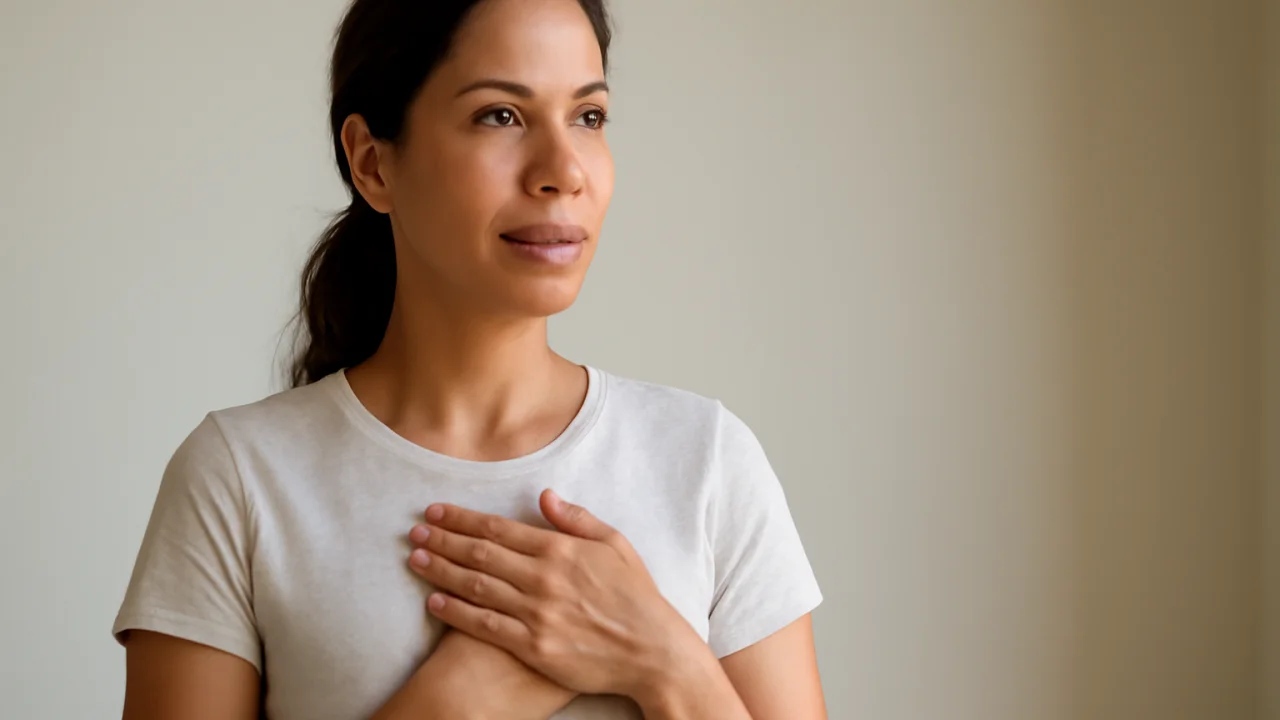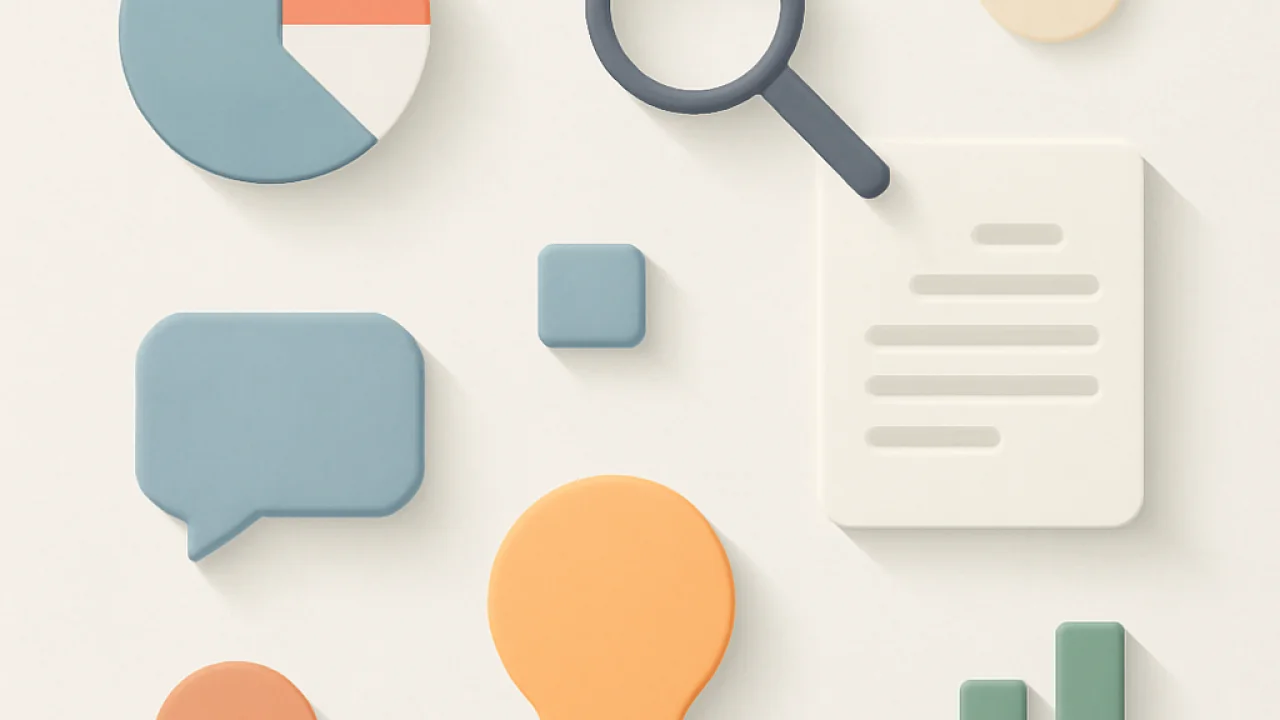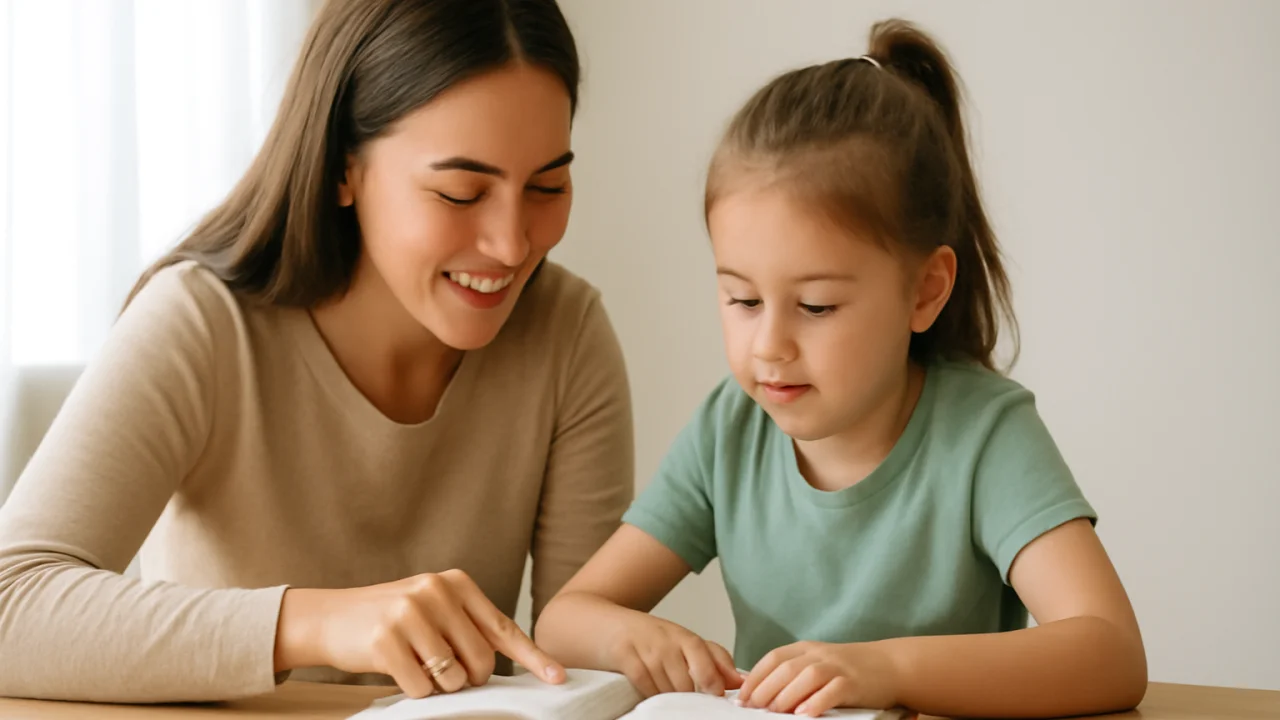
AI vs Human Creativity: What the Future Holds
📑 Contents
AI vs Human Creativity: What the Future Holds
The intersection of artificial intelligence and human creativity is a fascinating topic that continues to evolve. As AI technology advances, questions arise about its impact on artistic expression and creative processes. This article delves into the nuances of AI and human creativity, exploring their differences, similarities, and the future landscape of creative endeavors.
Understanding AI Creativity

AI creativity refers to the ability of artificial intelligence systems to generate original content, such as art, music, and literature. These systems utilize algorithms and vast datasets to mimic human creative processes. However, the question remains: can AI truly be creative, or is it merely a sophisticated tool?
The Role of Human Creativity

Human creativity is often characterized by emotional depth, personal experiences, and cultural context. Unlike AI, humans can draw from their emotions and life experiences to create meaningful art. This section will explore the unique aspects of human creativity that AI cannot replicate.
Comparing AI and Human Creativity

While AI can produce impressive works, its creativity is fundamentally different from that of humans. Here are some key differences:
- Originality: AI generates content based on existing data, while humans can create entirely new concepts.
- Emotional Connection: Human art often evokes emotions, whereas AI lacks genuine emotional understanding.
- Intent: Humans create with intention and purpose, while AI operates based on programming.
Collaborative Potential
Rather than viewing AI as a competitor, many artists are embracing it as a collaborator. AI tools can enhance the creative process by providing inspiration, generating ideas, or even assisting in technical aspects of art creation. This collaboration can lead to innovative outcomes that blend human intuition with AI efficiency.
Future Trends in Creativity
The future of creativity will likely see a more integrated approach between AI and human artists. Here are some trends to watch:
- AI-Assisted Art: Artists will increasingly use AI tools to enhance their work.
- New Art Forms: The fusion of AI and human creativity may lead to entirely new genres of art.
- Ethical Considerations: As AI becomes more prevalent, ethical questions about authorship and ownership will arise.
Table: AI vs Human Creativity
| Aspect | AI Creativity | Human Creativity |
|---|---|---|
| Originality | Data-driven | Experience-driven |
| Emotional Depth | None | Rich |
| Intent | Programmed | Personal |
FAQs
Q: Can AI create art?
Q: Is AI creativity genuine?
Q: How can artists use AI?
Q: What are the ethical concerns regarding AI in art?
Q: Will AI replace human creativity?
Conclusion
The relationship between AI and human creativity is complex and evolving. While AI offers new tools and possibilities, the essence of human creativity remains irreplaceable. The future will likely see a collaborative landscape where both AI and human artists thrive together, pushing the boundaries of artistic expression.











